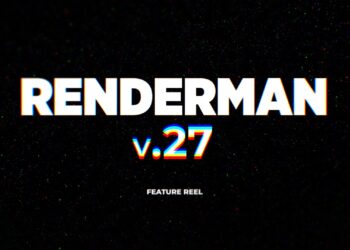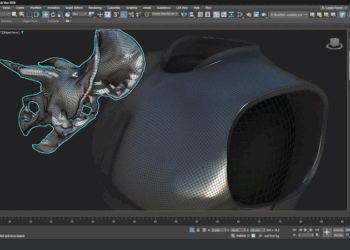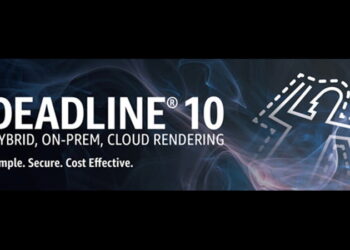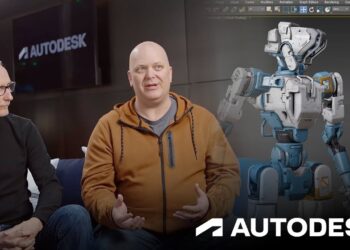Autodesk has put artificial intelligence at the center of its media and entertainment strategy, using AU 2025 to outline how it intends to integrate AI across 3D pipelines. The company framed its approach around three commitments, but questions remain about how these tools will affect workflows and jobs in an industry already under cost and time pressure.
The first promise is to remove repetitive work. Autodesk is developing an AI Assistant that uses natural language commands to handle routine adjustments such as lighting changes. FaceAnimator is another tool in development, designed to produce facial and lip-sync animation from audio files using existing rigs. MotionMaker, a system blending keyframing, motion capture, and machine learning, is already in limited use, with Griffin Animation Studios reporting it cut the production time of a short film by two-thirds. The risk, acknowledged by Autodesk’s own research, is that 55% of media and entertainment leaders expect AI to destabilize the industry even as 70% see potential for it to support creativity.
The second commitment is framed as democratizing access to advanced tools. Autodesk has introduced a free tier of Flow Studio, a platform that automates VFX tasks such as motion capture, camera tracking, and character animation. The company is positioning this as a way for smaller creators to access professional workflows that once required expensive infrastructure. Studios like Boxel have already used Flow Studio for broadcast television work, though the long-term impact on traditional VFX shops remains to be seen.
The third commitment is about pipeline integration. Autodesk’s industry cloud, Flow, is expanding with features such as Shared Playlists for unified review across production and postproduction. A new connection between Flow Capture and Avid Media Composer is designed to streamline editorial workflows. While these integrations promise efficiency, they also continue Autodesk’s strategy of pulling production deeper into its own ecosystem, which may raise concerns about vendor lock-in.
Autodesk presented these commitments as a way of lowering barriers and keeping artists in control, but the wider debate is whether automation will redistribute opportunities in the industry or consolidate them under the companies that own the platforms.
For more information, visit Autodesk’s blog.










sure they do